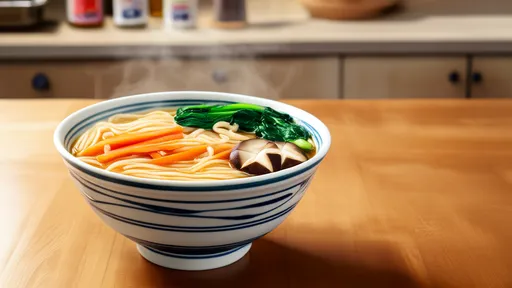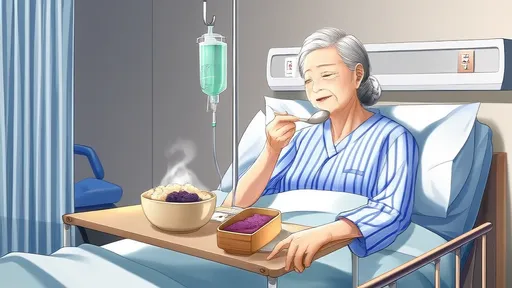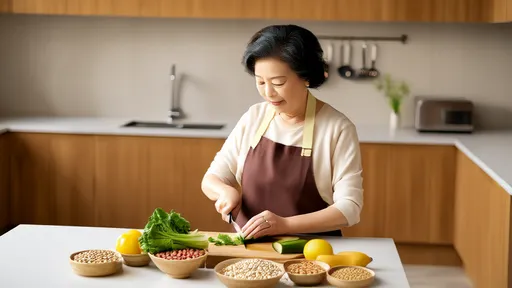The bustling night markets of Asia have long been celebrated as vibrant hubs of culinary delight, where sizzling skewers, steaming buns, and aromatic soups beckon hungry patrons under strings of colorful lanterns. Yet beneath this appetizing facade lurks a growing public health concern that rarely makes the tourist brochures. Recent food safety scandals involving night market vendors have cast an unflattering spotlight on what many consider the heart of local food culture.
Health inspectors across several Southeast Asian capitals report finding shockingly high bacterial counts in random samples of popular street foods. In one particularly egregious case from Bangkok's famous Chatuchak weekend market, lab tests revealed E. coli levels 300 times above safety thresholds in a best-selling pork satay sauce that had been left uncovered for hours in sweltering heat. Similar violations have been documented in Taipei's Shilin Night Market and Hong Kong's Temple Street, where improper food handling turns culinary treasures into potential biohazards.
What makes night market cuisine particularly vulnerable to contamination? The answer lies in the very nature of street food operations. Most vendors work with minimal refrigeration, relying instead on frequent replenishment of ingredients - a practice that works better in theory than in tropical reality. Cooking oil often gets reused beyond safe limits to cut costs, while makeshift washing stations using non-potable water become vectors for cross-contamination. The lack of proper sanitation facilities compounds these risks, with many vendors handling cash and food with the same bare hands.
Authorities face an uphill battle implementing food safety reforms. Night markets represent important cultural touchstones and economic engines, generating billions in tourism revenue annually. Heavy-handed regulation could destroy the spontaneous, slightly chaotic charm that makes these markets special. Yet the human cost of inaction is becoming impossible to ignore. Last year's hepatitis A outbreak linked to contaminated clams in a Taiwanese night market hospitalized over sixty people, while regular cases of food poisoning rarely make headlines beyond local news reports.
Some progressive markets have begun implementing creative solutions. Singapore's Maxwell Food Centre requires all vendors to complete food hygiene certification, with inspection scores prominently displayed. Seoul's Gwangjang Market has introduced centralized dishwashing facilities and mandatory glove use. These measures prove that safety upgrades needn't come at the expense of authenticity - though they do require investment and political will that many municipalities lack.
For consumers, the old adage "follow the crowd" holds some wisdom. Busy stalls with high turnover generally offer fresher, safer fare. Watch how vendors handle utensils and whether they keep raw and cooked foods separate. Notice if they wipe surfaces regularly - these small details often indicate broader hygiene standards. When in doubt, opt for piping hot dishes straight off the grill rather than room-temperature items that have been sitting out.
The challenge moving forward is preserving the magic of night markets while bringing them into compliance with modern food safety expectations. This will require cooperation between vendors, health officials, and consumers - all of whom share responsibility for transforming these beloved culinary playgrounds into spaces where adventure eating doesn't have to mean gambling with your health. The solution likely lies not in sterile standardization, but in smart, culturally-sensitive upgrades that protect both tradition and public well-being.

By /Aug 7, 2025

By /Aug 6, 2025

By /Aug 6, 2025

By /Aug 6, 2025

By /Aug 6, 2025

By /Aug 6, 2025

By /Aug 6, 2025

By /Aug 6, 2025

By /Aug 6, 2025

By /Aug 6, 2025

By /Aug 6, 2025

By /Aug 6, 2025

By /Aug 6, 2025

By /Aug 6, 2025

By /Aug 6, 2025

By /Aug 6, 2025

By /Aug 6, 2025

By /Aug 6, 2025

By /Aug 6, 2025

By /Aug 6, 2025